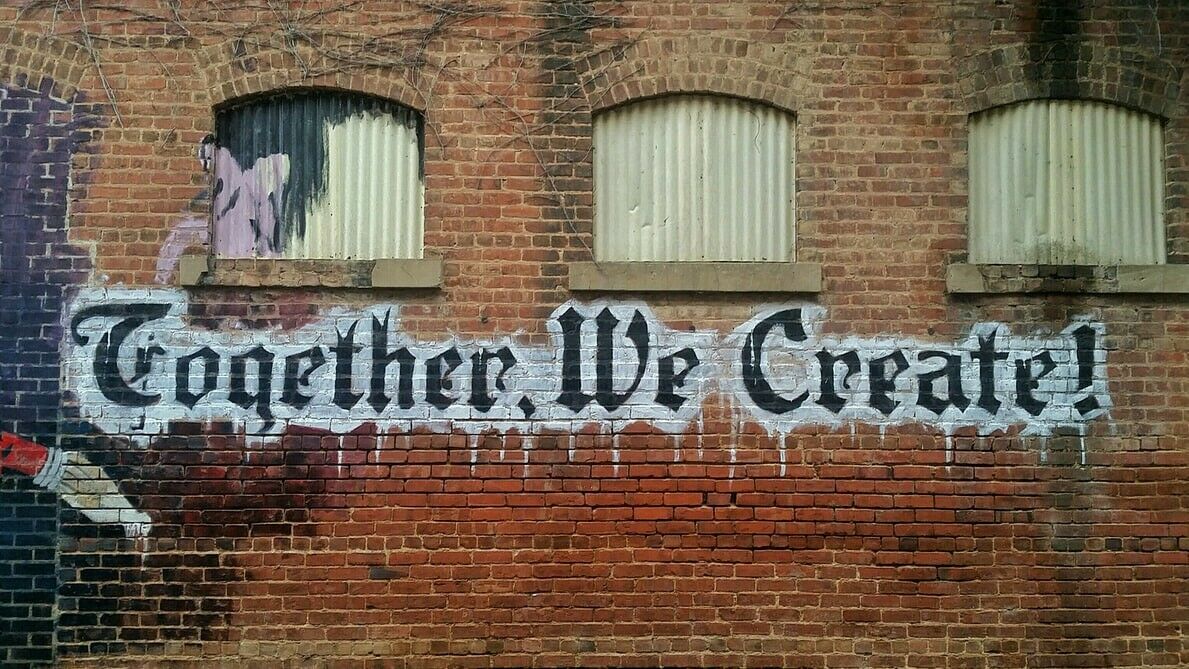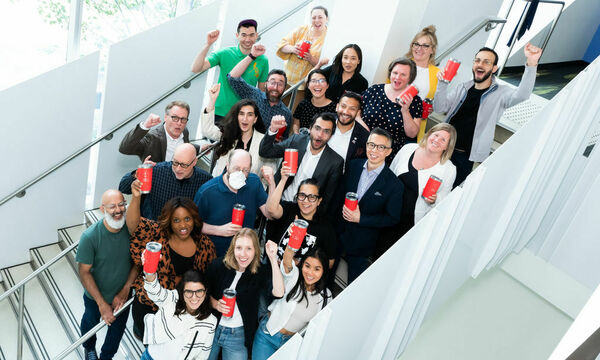Stepping Outside the Bubble

Marisa Bernstein
November 4, 2020

I’ll venture to say that if you ask someone to describe the advertising industry in a few words, they probably wouldn’t use terms like ‘honest’, ‘representative’ or ‘well-meaning’ (it’s just a hunch). The nature of how the advertising industry operates today carries strands of its various incarnations over the last several decades: from the modernist, Mad Men-style era, replete with catchy radio jingles, to the celebrity-strewn endorsements of the early 90’s to today’s influencer-dominant ethos of selling ‘lifestyles’ rather than products.
The whole thing can be a bit cringe-worthy at times, not to mention that droves of consumers simply don’t see themselves represented in ads, or reflected in new products.
So when a brand-new creative agency got in touch with us at GRIT Toronto asking for help in gaining insights on a new product from a diverse group of Torontonians, we were intrigued — but also a bit skeptical.
Approaches aligned
However, it was clear from the get-go that this Toronto-based agency, Berners Bowie Lee (BBL), was different. Right off the bat, the founders talked about how advertising was produced in a bubble, where the majority of people are white, male and upper-middle class. And because voices outside of this bubble aren’t really heard, the work that the industry produces often fails to resonate with many sections of the population. BBL wanted to take a different approach, one that is research-focused and evidence-based. They call it ‘Cultural Mapping’ and its objective is to understand why changes are happening in culture by learning from people from various backgrounds, cultures and interests, as opposed to simply learning about them.
BBL’s approach really resonated with us; it was clear from the start that our principles were in alignment. At GRIT Toronto, we’re always urging teams who do user research or product development to engage with diverse audiences. Only by taking a multitude of voices into account can we ensure that products and services reflect the needs of everyone, not just a select few.
BBL had a new client who was also on board with this approach, and in developing a new product for consumers*, they saw the value in getting feedback from a diverse group of Torontonians as part of their research. BBL was looking to bolster their in-house recruitment abilities, and that’s where GRIT stepped in.
The format
In mid-August, we organized 30-minute, one-on-one virtual sessions with nine participants from our recruitment pool of over 350 Torontonians. Our approach to recruitment was centred on bringing in people who had a range of lived experiences and behaviours related to the subject matter of a new kind of wearable device*, and reflected diversity across many demographic factors.
The outcomes
The GRIT sessions proved to be an important part of BBL’s research on this product, helping to inform both the functionality and design of the device, as well as messaging that resonates with everyday people. BBL was able to better understand how people were thinking and how attitudes and behaviours around the space were changing. Some information that they gathered from the GRIT sessions also disproved some of their initial hypotheses. BBL has used what they have learned to create their client’s brand platform, and guide how they spoke to, and target, existing and new customers.
What we learned
As always, we’d like to share some takeaways from this collaboration:
- We had never worked with a creative agency before, but prior deciding to partner with BBL (or any new client for that matter), we asked ourselves a number of questions to help inform the decision. The most important considerations were: alignment with BBL on mission, values and principles, and how confident we feel in our ability to deliver a positive experience for our participants. (Based on post-participant survey results, we were successful in making people feel comfortable and respected; a total win for us!)
- This collaboration was also a first for us in session length: the BBL sessions were 30 minutes long, whereas we typically conduct or organize 60 minute sessions. Initially, we were hesitant about the researcher having enough time to run qualitative interviews in half an hour, but thanks to effective preparation and a smart flow, the duration worked out very well: participants didn’t feel rushed, and the researcher asked all of the pertinent questions. There was even time at the end to answer participants’ questions, which is something we always encourage.
*We are unable to share more about this due to client confidentiality constraints.











